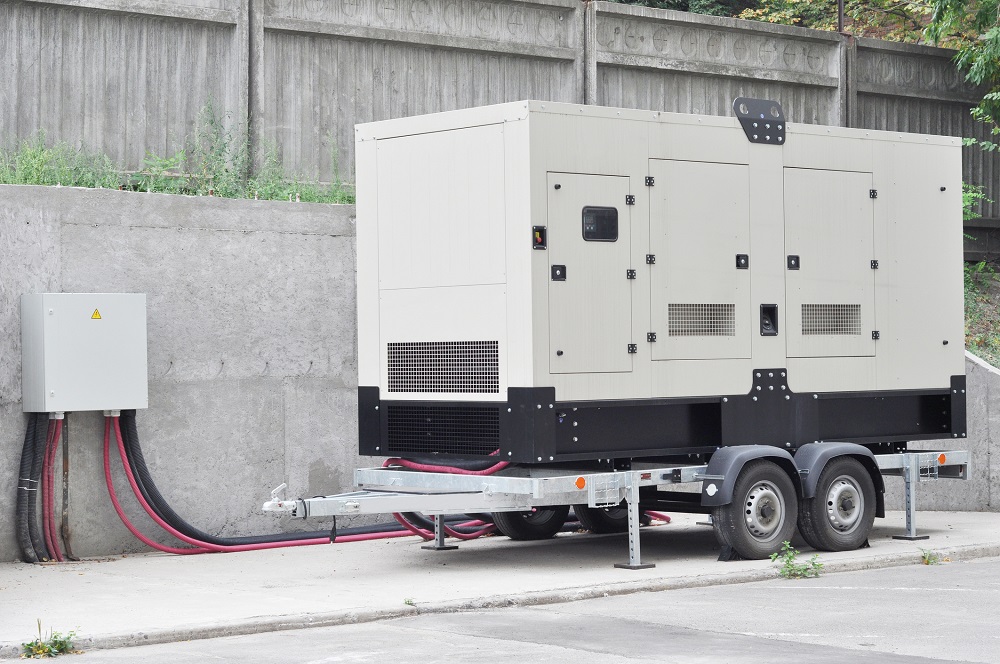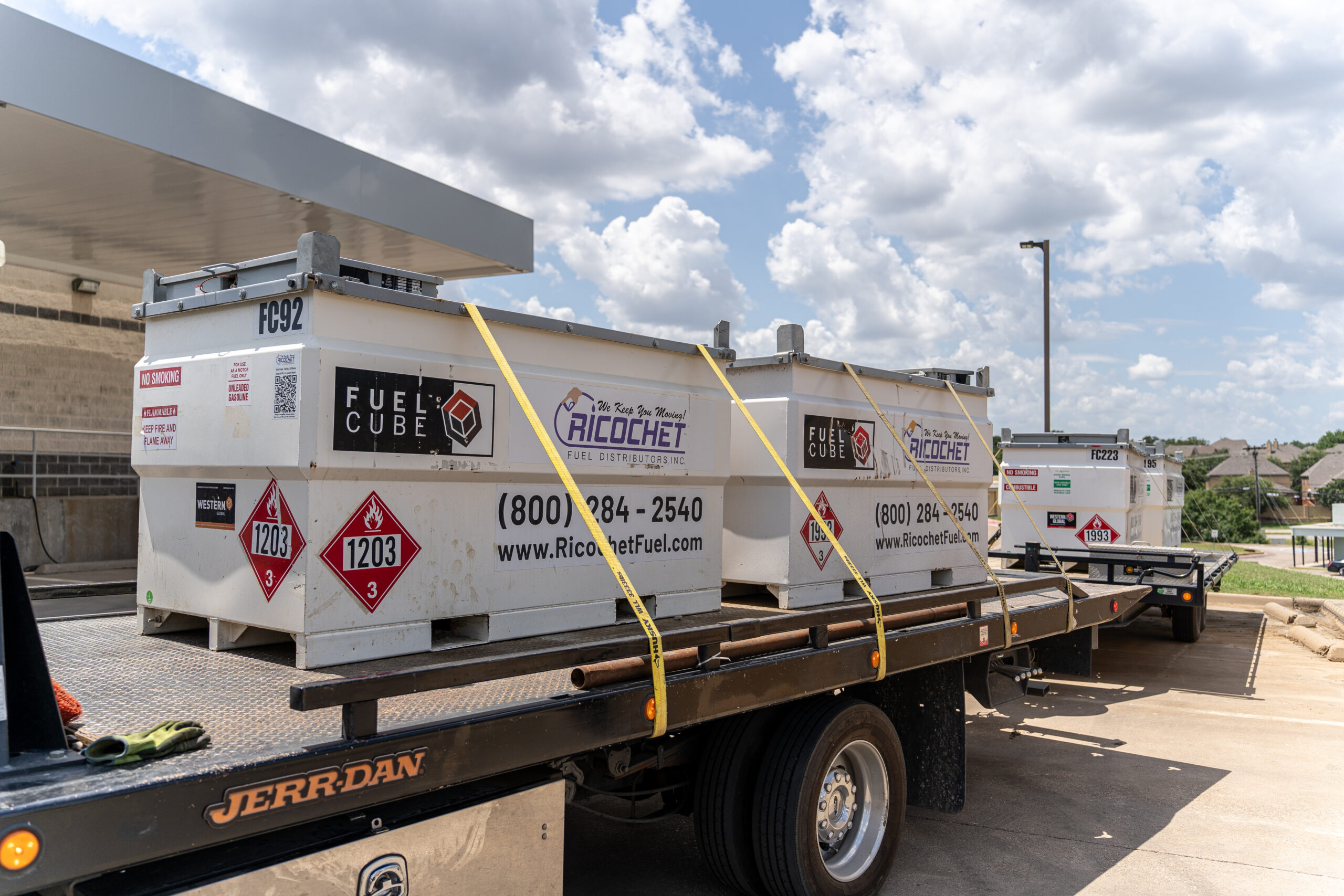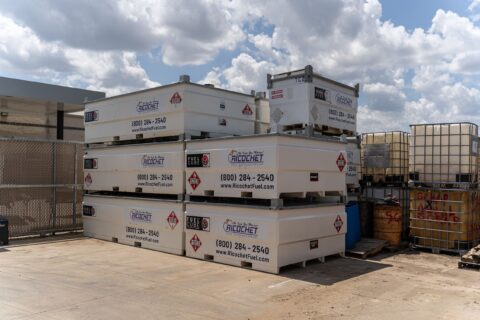How Fuel Tanks became the Unsung Heroes of Disaster Response
When you hear about disaster response from reporters, you only hear about the courageous acts of first responders, EMTs, and other community-based relief activities. However, there is one critical piece that you don’t hear about that enables all of those life-saving operational activities. Those are fuel tanks for emergency situations. These “heroes” are the backbone of the fuel that we depend on during disasters for our ambulances, fire trucks, communication equipment, and backup generators.
When disasters occur, such as hurricanes, wildfires, earthquakes, or blizzard winter storms, fuel availability is both a need and very unpredictable. Supply chains are disrupted, and the likelihood of our fuel “stops” being damaged and non-functional or shut down is very high. This is where on-site fuel tanks for disaster response are a key and reliable emergency response asset to address potential shortages due to infrastructure disruption. These tanks are now a critical part of responsible and sustainable emergency disaster response for communities everywhere, from small rural towns to multi-structured cities.
Role of Fuel Tanks in Emergency Situations
In emergencies, fuel is just as essential as food and water. When the grid fails and gas stations are closed, emergency fuel storage tanks allow emergency responders to have a fuel supply for emergency vehicles, heavy equipment, or backup generators.
Read more :- The Role of Bulk Fuel Delivery in Emergency Response
These tanks are not site-specific; hospitals, public safety sites, or staging areas can all become a lifeline for fuel in an emergency. They are pre-fueled, conveniently located, and engineered to withstand hazardous environmental conditions. By having onsite fuel readily available, the agencies can move into the response phase quicker and become less reliant on a supply chain discontinuity (sustained fuel), which improves the reliability and quicker deliverability of disaster fuel supply solutions.
Fuel Storage for Backup Power
Loss of power may be the first significant impact of a natural disaster. Hospitals, data centers, emergency shelters, and critical care centers all have backup generators.
Fuel storage for backup power will allow your facilities to stay open for hours, or in some cases, even days, without ever having to connect to the grid. During Hurricane Katrina and the California wildfires, facilities that had implemented the necessary fuel storage tanks could stay open and serve their communities long after others had lost their power.
The bottom line is to have well-maintained emergency fuel storage tanks that will store adequate diesel or gasoline for all of your backup equipment. This helps to keep the service going when it is needed most, and the power has been lost.
Smarter Fueling
As technology has progressed, so have the provisions for disaster fuel storage. The current best practice for crisis response is self-bunded tanks for crisis response. These tanks are equipped with a double wall to prevent leaks, thus reducing risk to the environment surrounding them and to anyone working during an emergency response. They are also built to withstand harsh conditions and can minimize contamination risk.
When used alongside emergency fuel management systems, a self-bundled tank crossing the line from gas to fuel is an effective and informed way to fuel. When these systems are paired with a self-bundled tank, they’re designed to track tank level, track fuel quality, and they can also track consumption in “real time.” Real-time data assures that priority needs can be effectively addressed (ensures fuel will always be present at the required time and location) while making vital services to others under pressure as seamless as possible during a disaster.
To optimize fuel logistics for disaster sites, consider combining bulk delivery services with a motorized gas caddy with pump. Think of it like a hub and spoke approach – with a central fuel tank onsite and one or more Smart Ass Fuel Mule motorized mobile fueling stations for that last-mile fuel distribution. Ricochet Fuel can supply fuel tanks and bulk fuel directly to your site ensuring you have the fuel you need onhand. That’s your ‘hub’. From there, the ‘spokes’ are how you get the fuel from this central hub to the equipment where it’s needed. These motorized mobile fuel stations let a single person easily move 50 gallons of fuel over rough terrain where they can fill your equipment and keep your crews working without interruption.
Strategic Supply
Emergency preparedness isn’t just about reacting, it’s about planning. Having a disaster fuel supply solution before an event allows agencies and organizations to be ahead of the chaos. That involves calculating fuel needs, ranked priority fueling sites, and scalable fuel storage tanks that can handle demand changes.
As an example, portable tanks are movable to disaster areas. Larger permanent tanks are installed at key facilities. A solid fuel management system helps both be part of a resilient infrastructure that does not falter under pressure. Preparedness means fewer delays, more lives protected, and faster recovery.
Conclusion
They may not have uniforms or sirens, but fuel tanks for necessary situations are as important to disaster response as any first response team. They allow first responders to respond quickly, hospitals to remain operational, and communities to stay connected when everything else has gone dark.
These tank systems show that being prepared is about more than supplies and being smart about infrastructure, from self-bundled tanks for crisis response to on-site fuel tanks for disaster response. Like the first responders awaiting the call for help, these unsung heroes belong in every emergency preparedness plan if we want to face disasters with resilience, control, and courage.
Reach out to the Ricochet Fuel Distributors website and get a risk-free fuel tank quote today.


